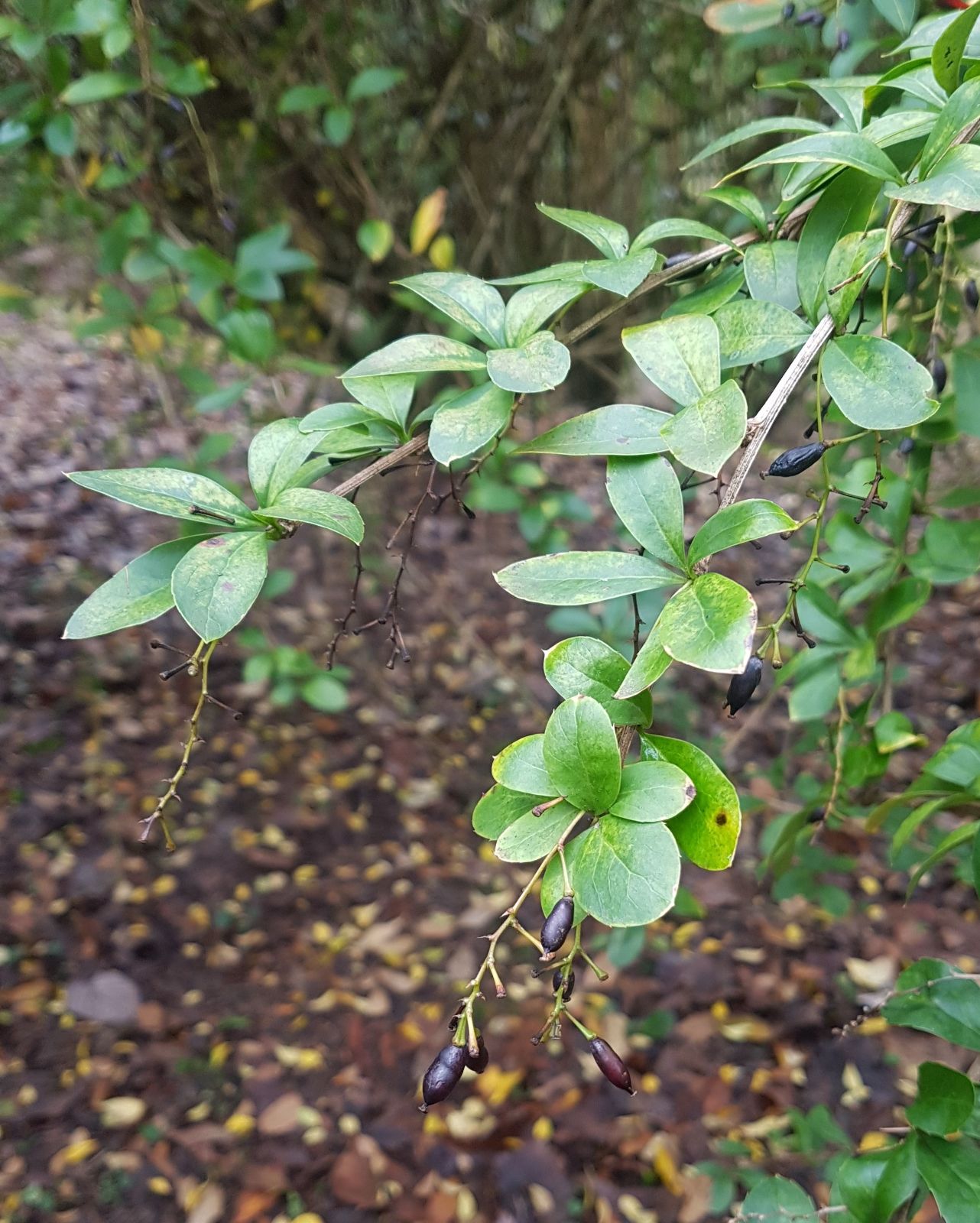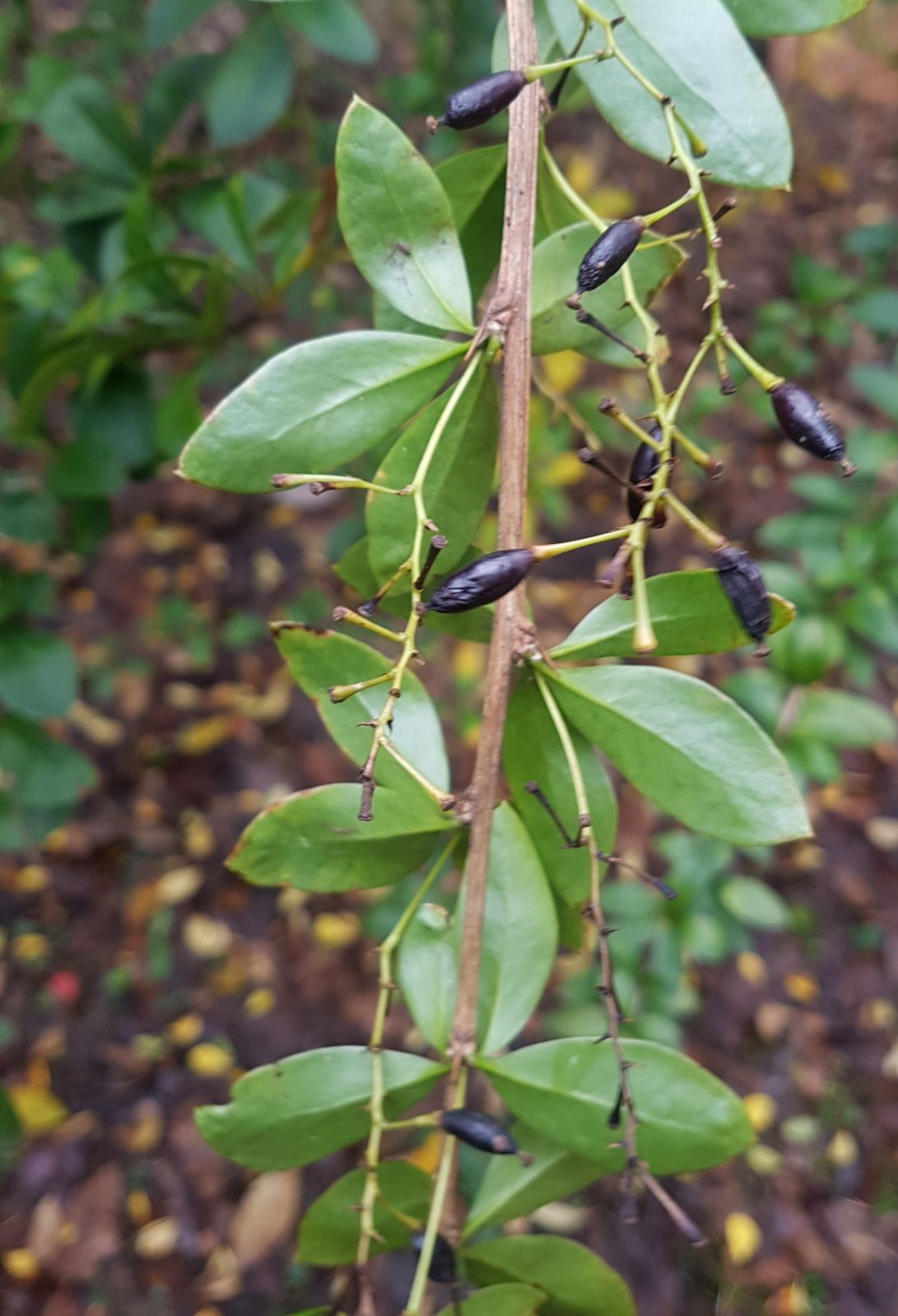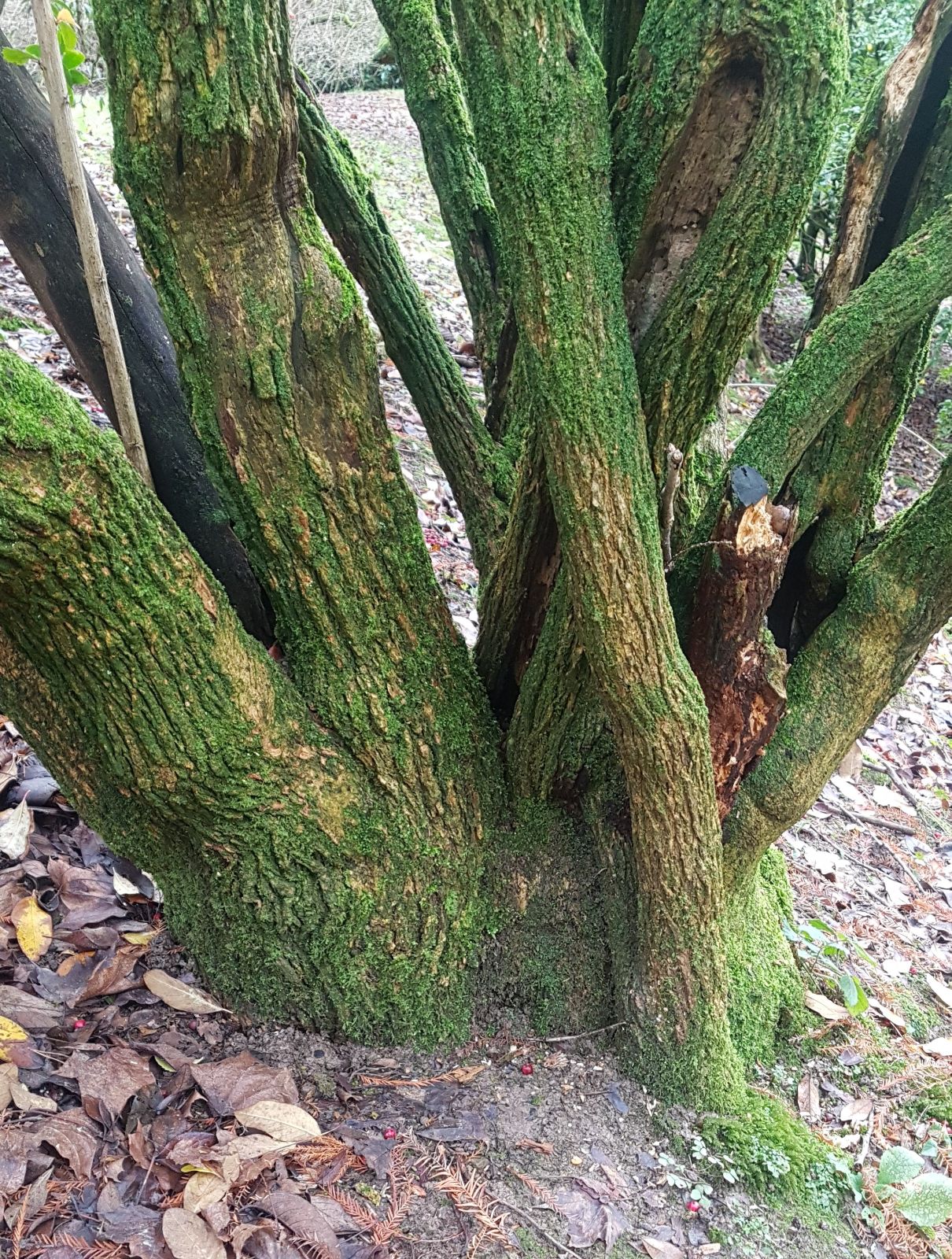Berberis glaucocarpa
Credits
Article from Bean's Trees and Shrubs Hardy in the British Isles
Recommended citation
'Berberis glaucocarpa' from the website Trees and Shrubs Online (treesandshrubsonline.
Genus
Synonyms
- B. coriacea Brandis, not St.-Hil.
Other taxa in genus
- Berberis actinacantha
- Berberis aetnensis
- Berberis aggregata
- Berberis angulosa
- Berberis aristata
- Berberis asiatica
- Berberis atrocarpa
- Berberis beaniana
- Berberis bergmanniae
- Berberis buxifolia
- Berberis calliantha
- Berberis canadensis
- Berberis candidula
- Berberis × carminea
- Berberis chillanensis
- Berberis chrysosphaera
- Berberis comberi
- Berberis concinna
- Berberis coxii
- Berberis cretica
- Berberis darwinii
- Berberis dasystachya
- Berberis diaphana
- Berberis dictyoneura
- Berberis dictyophylla
- Berberis empetrifolia
- Berberis fendleri
- Berberis francisci-ferdinandii
- Berberis gagnepainii
- Berberis gyalaica
- Berberis hakeoides
- Berberis heterophylla
- Berberis heteropoda
- Berberis hispanica
- Berberis hookeri
- Berberis hypokerina
- Berberis ilicifolia
- Berberis incrassata
- Berberis insignis
- Berberis jamesiana
- Berberis johannis
- Berberis julianae
- Berberis kawakamii
- Berberis koreana
- Berberis lecomtei
- Berberis lepidifolia
- Berberis linearifolia
- Berberis lycioides
- Berberis lycium
- Berberis manipurana
- Berberis mitifolia
- Berberis montana
- Berberis morrisonensis
- Berberis mucrifolia
- Berberis orthobotrys
- Berberis poiretii
- Berberis prattii
- Berberis pruinosa
- Berberis replicata
- Berberis × rubrostilla
- Berberis sanguinea
- Berberis sargentiana
- Berberis sibirica
- Berberis sieboldii
- Berberis silva-taroucana
- Berberis soulieana
- Berberis × stenophylla
- Berberis sublevis
- Berberis temolaica
- Berberis thunbergii
- Berberis tischleri
- Berberis triacanthophora
- Berberis tsarongensis
- Berberis umbellata
- Berberis valdiviana
- Berberis veitchii
- Berberis vernae
- Berberis verruculosa
- Berberis virescens
- Berberis vulgaris
- Berberis wardii
- Berberis wilsoniae
- Berberis yunnanensis
- Berberis zabeliana
A tall and vigorous deciduous shrub to 12 ft high of suckering habit and with glabrous pale yellow stems; spines mostly single, 1⁄5 to 2⁄5 in. long. Leaves 11⁄4 to 21⁄2 in. long, 2⁄5 to 1 in. wide, oblanceolate to obovate, green on both sides, entire or with a few distant teeth. Flowers in a stiff, stout raceme 3⁄4 to 11⁄2 in. long. Fruits on short, stumpy stalks, oblong to globose, about 1⁄3 in. long, black but covered with a dense white bloom.
Native of the W. Himalaya. The type specimen was collected early in the last century and given by Brandis the name (never published) of B. coriacea, but it seems to have been cultivated as “B. aristata” or “B. asiatica”. In 1926, Stapf (Bot. Mag., t. 9102) remarked on its affinity to B. lycium and B. lycioides and gave it the name B. glaucocarpa (Brandis’ name having been used earlier for another barberry); his description was later amplified by Dr Ahrendt.
It is not certain when and by whom it was first introduced, but it seems almost certain that it was this species and not the tender B. asiatica that was introduced (as Lindley records) by Sir Thomas Dyke-Acland in 1832 and used as a hedge-plant on his Killerton estates in Devon (and, we may reasonably infer, on his estates near Minehead as well). For it is B. glaucocarpa, so Mr Hadden informs us, that is today found in hedgerows between Porlock and Minehead and even around Cloutsham on Exmoor. This would also explain why it is still commoner in south-western gardens than it is elsewhere.
B. glaucocarpa has been confused with B. aristata and grown under that name. But it is well distinguished from the barberries of that group (section Tinctoriae) by its fruits, the ground colour being black, though masked with a heavy white bloom. In the Tinctoriae the fruits are red or purple. Its closest relationship is with B. lycium and other members of section Asiaticae.




